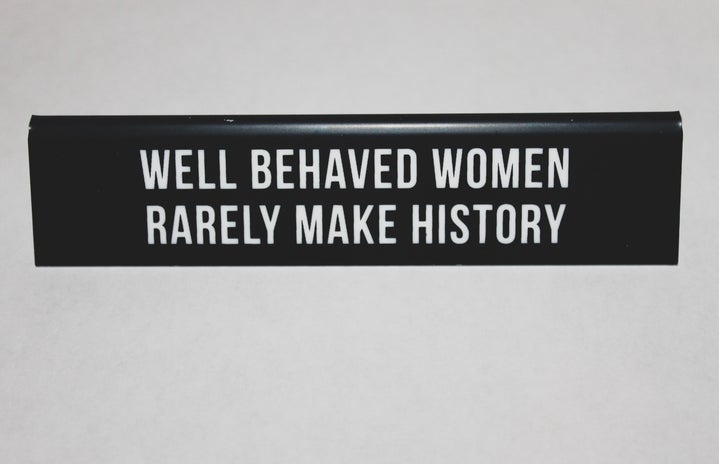Udon, Ramen, Sushi, or Soba. Whatever it is, it was eaten with chopsticks for years and years long before the fork joined the drawer of utensils. Despite our familitary with chopsticks as a utensil(not a hairpiece), that wasn’t its original use. The first use of chopsticks were made of bronze and invented primarily for cooking, serving food and poking the fire around 1200 BCE. Chopsticks were invented by the Chinese and the ancient Shang dynasty were the first use to be recorded. Chopsticks were not adopted to utensils until the Han dynasty almost a thousand years later. As the population began to grow, the wider spread use of chopsticks to feed all those mouths grew as well. Foods were being cut into smaller pieces while cooking and before served, making them easier to be picked up by chopsticks, and not require a knife. Confucius, the ancient Chinese 6th century philosopher who had a great influence over China and the world through his teachings and development of the Confucianism religion, used his ideologies of peace to influence the dinner table. He felt that the presence of a knife at the dinner table only normalized violence and warfare. Since then, they spread throughout the Asian continent and began to expand in variation and use.
Chinese traditional chopsticks are longer and thicker than most others. A regular chopstick is about about 11 inches long with squared or rounded sides and ending in either wide, blunt, flat tips or tapered pointed tips. The pointy tip is more common with bamboo and wooden ones, versus blunt ends on plastic ones. They were said to be fearless finger extensions.
Chopsticks in Japan were used only during ceremonies and were joined at the top, but they eventually made their way to the daily dinner table as split pieces. Japanese cooking chopsticks tend to be longest at 12-16 inches traditionally. They are used for cooking often with deep-fried foods and deep noodle soups. Eating chopsticks tend to be the shortest, and shorter for women and even smaller for children, and tend to be sharper given the development for sushi.
Spreading to Korea, the chopsticks changed form at the dinner table yet again. In Korea, they are typically shorter in a flat rectangular shape, paired with a spoon and traditionally made of brass or silver. For each of these three countries, the material that the chopsticks were made of determined status. Gold, jade, silver and ivory chopsticks were for the elite nobles versus brass and wood for the lower classes.
Tibet, Thailand, Vietnam, Indonesia are all other Asian countries that adopted chopsticks so long ago and have become their own cultural practice to today.
Not only are chopsticks a practical and versatile tool for cooking and eating, but they were a popular cultural hair pice. In China, a hair stick was first recorded again in the Shang Dynasty (1600 – 1050 BC) and were made of bone. It reached its peak of popularity during the Tang and Song Dynasties ranging AD 618 – 1279. These hair sticks were made of jade, gold, silver and precious stones. The hair sticks were used to hold up men and women’s long hair in various styles that reflected social and marital statuses.
Along with utility, chopsticks reflect a remarkable history and deep cultural relevance. They have been used to distinguish the East from the West symbolically for centuries, and still draw a line between these two worlds. Today it is easy for most people to just pick up a fork and go at it, but many people struggle with chopsticks if they were not raised to use them. Chopsticks at the table are a clear indication that one is at an Asian restaurant, but forks are normally still available to Western customers. Most Westerners are reluctant to learn how to use chopsticks and certainly not as a daily practice. It is a common practice of the West to not attempt new things, but rather seek conformity by forcing others to their customs. The East was unaware of the fork when it first started to spread to Asia via British and European imperialism in the 1500s. From there, the East’s culture was attempted to be stripped away such as replacing the long-standing chopsticks from the table with Western forks.
Asian people have been alienated in the West, as it tends to do to most ethnic groups, but it is often overlooked in the modern day. This alienation is a philosophical idea called Otherness, or the Western belief that someone, some group or something is inferior or wrong because it is different. Otherness is the us and them factor, and the lack of care towards the them because they are not us. The practice of Otherness has allowed for racism, sexism, homophobia, anti-semitism, and such things of the like to exist in the world for so long. In fact the West has only sought to use Otherness to turn them into us by stripping them by what makes them them, or by eliminating them entirely. Forks are us, chopsticks are them.
A chopstick does not stab its food, nor cut its flesh. Chopsticks hug its food and this is a similar approach we can have to life. Things that are different may be so, but that does not make them bad or scary. It only take an open mind to experience something rich and new. When we remove the knives from the dinner table, it’s a safer place for everyone to eat. No matter what utensil we use, there is only us as in the human race. We are full of so many unique differences and practice rich ancient cultures and traditions that deserve nothing but respect. The next time you sit at a Chinese or Japanese or Korean or Asian restaurant, try out the chopsticks and see for yourself just how easy it can be to see ourselves in others with just a little effort. Forks and chopsticks, we can all eat together.
Read Next!


